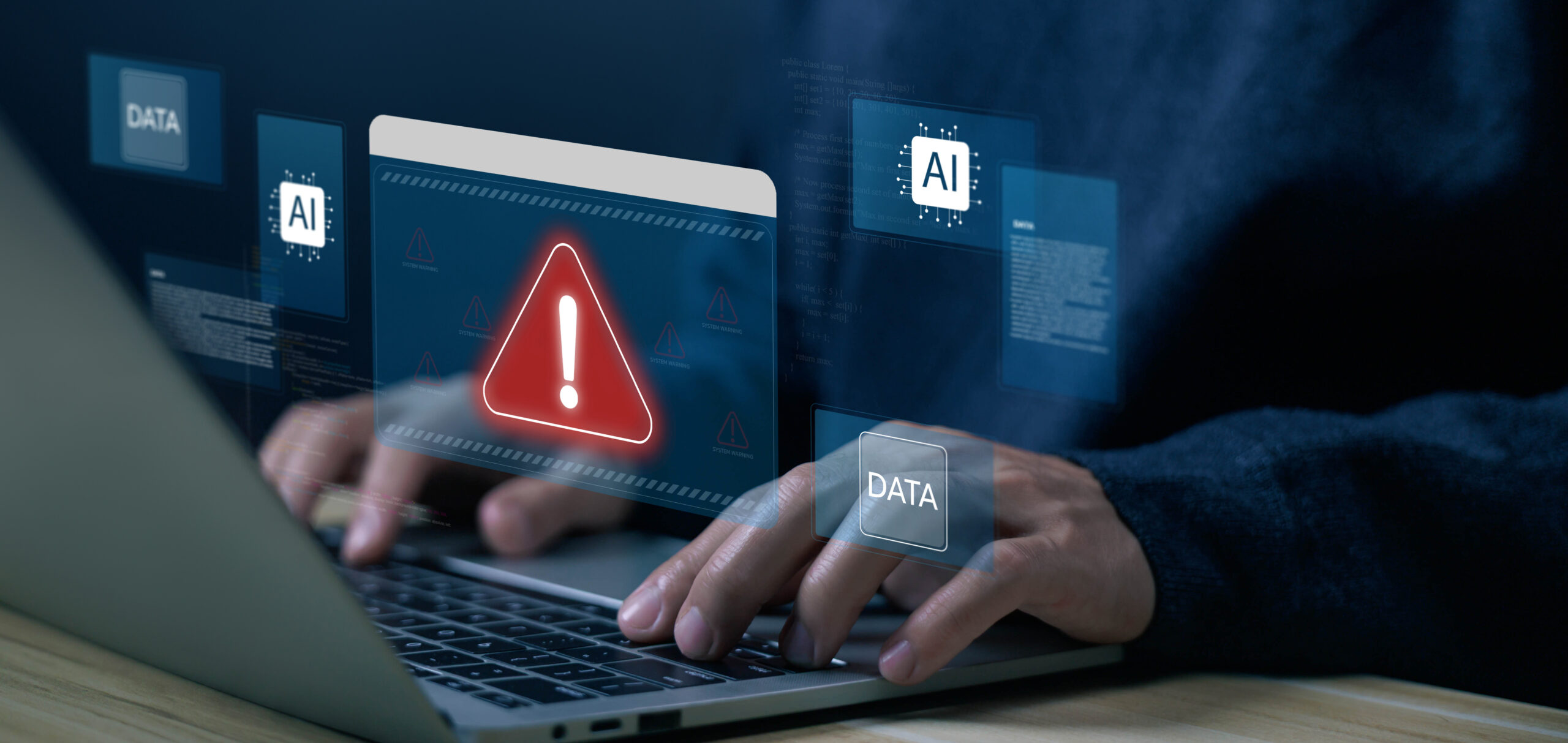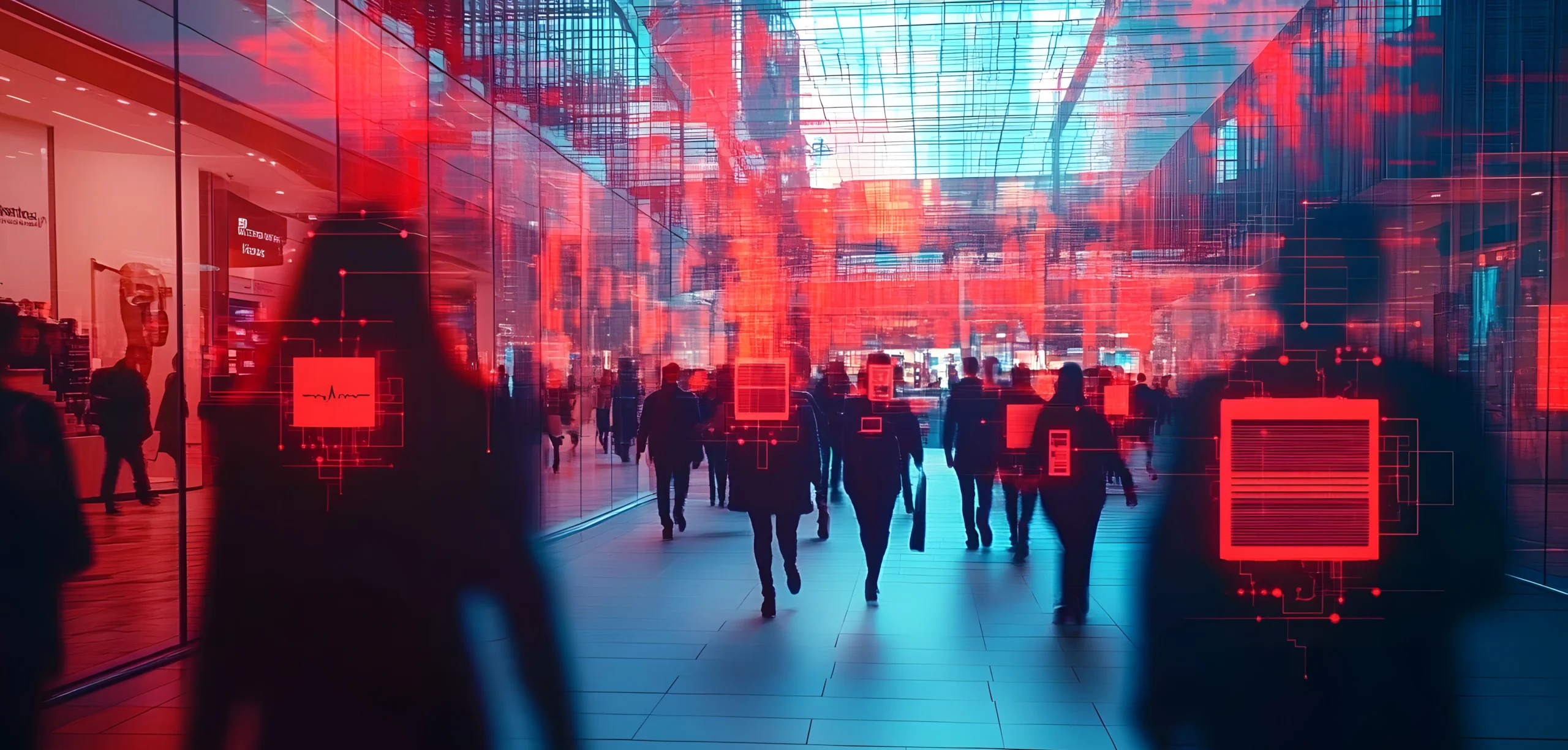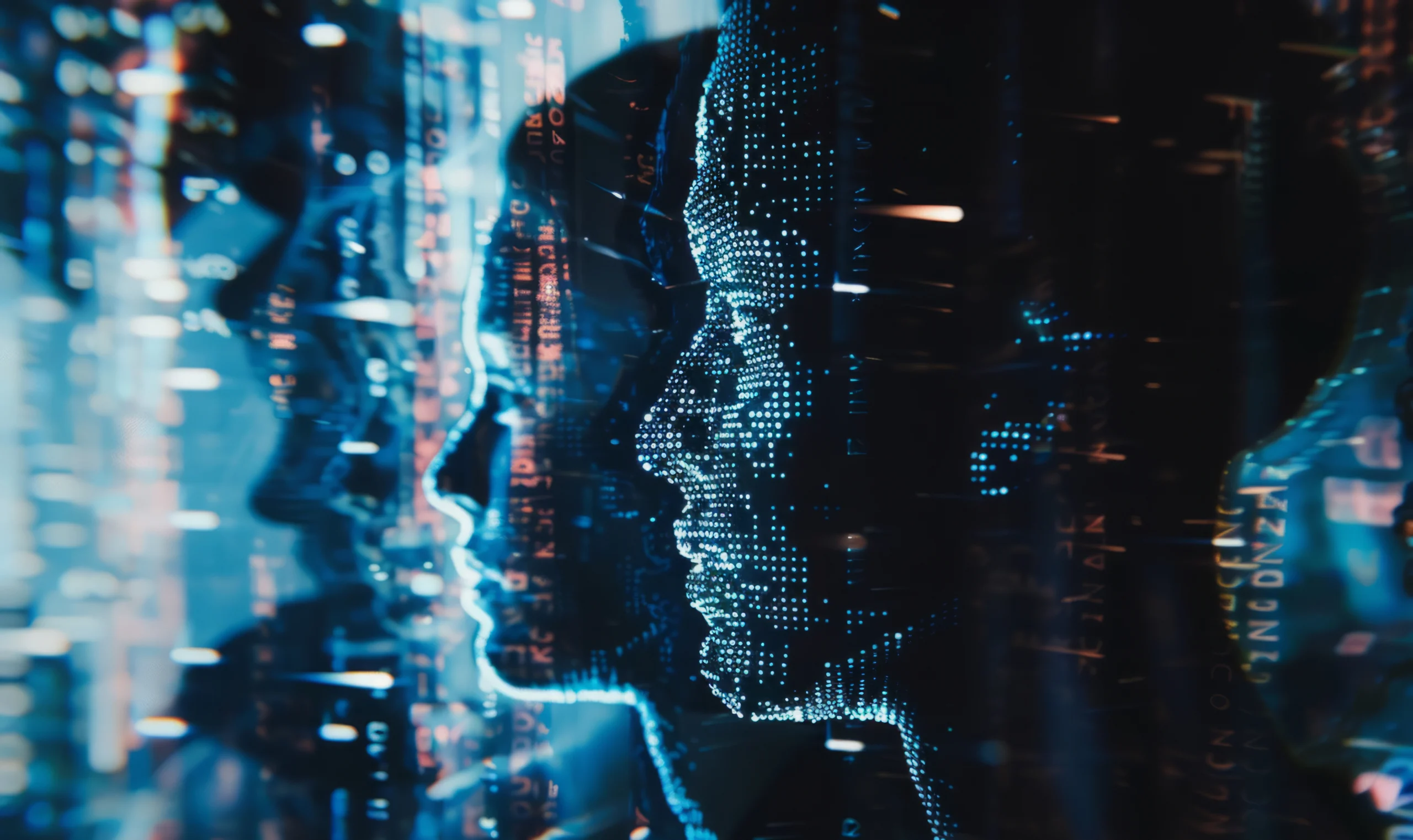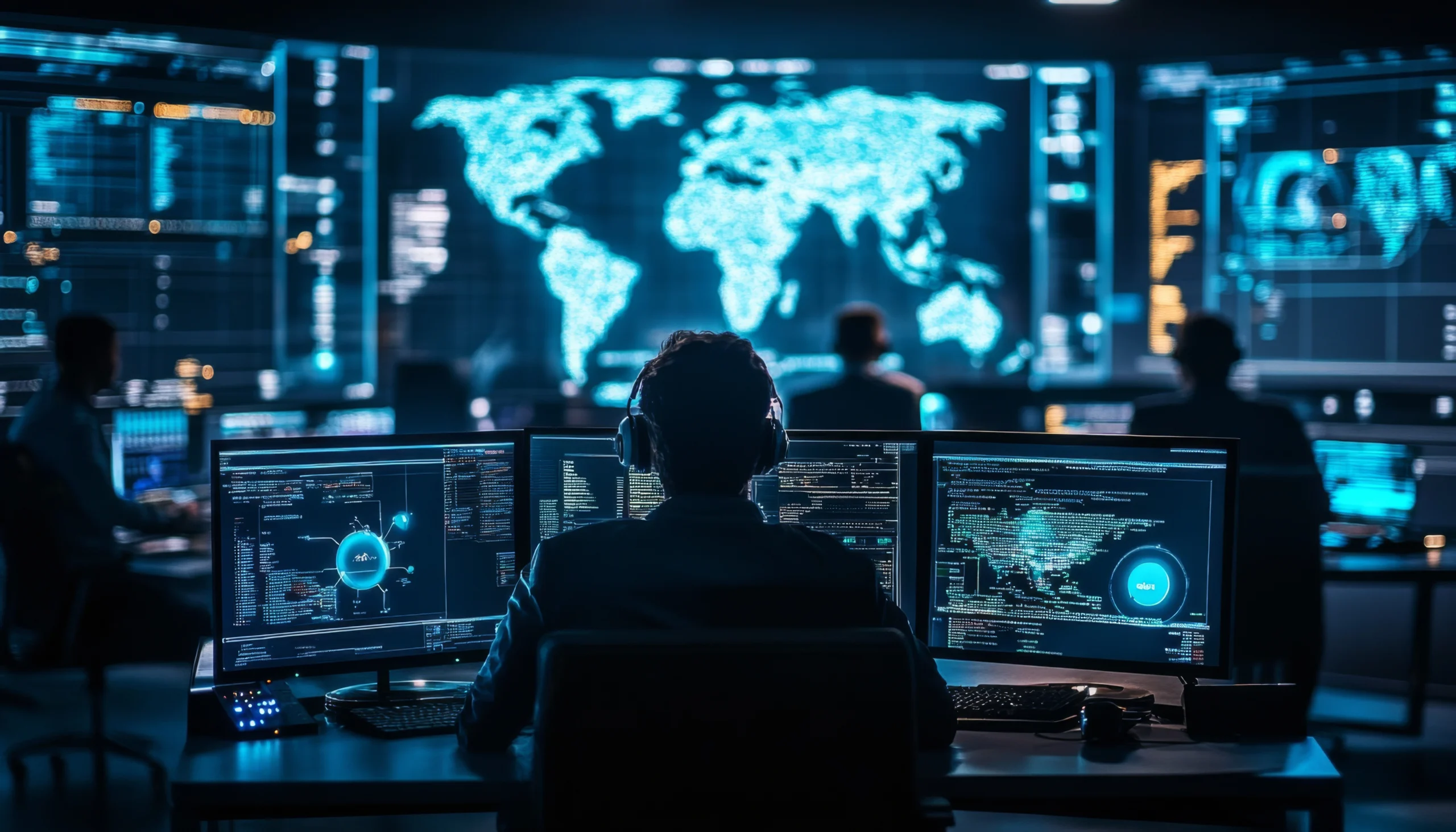Uncover hidden risks and develop a clear, practical cyber security action plan.
Tag: Incident Response (Detect & Respond)
Cyberfort regularly executes crisis scenario events for customers, where we work with leadership and technical teams to simulate a major incident and assess responses.
In today’s digital world, every organisation relies on technology to store, process, and communicate sensitive data.
Deepfakes, a portmanteau of “deep learning” and “fake,” refer to synthetic media, primarily videos or audio recordings generated or altered using artificial intelligence (AI) to depict people saying or doing things they never actually did. While deepfakes began as an entertainment or novelty tool, their growing sophistication has positioned them as a credible threat in the world of cybersecurity.
As organisations strengthen their digital defences against traditional attack vectors such as phishing, malware, and ransomware, deepfakes represent a newer and less-understood frontier. One that leverages AI to manipulate perception, erode trust, and bypass existing safeguards. This article explores the role of deepfakes in cybersecurity, how they are used maliciously, the implications for trust and identity, and the emerging defences and detection strategies within the cyber community.
Deepfakes as a Cyber Threat
The most immediate cybersecurity risk of deepfakes is their use in social engineering attacks. Traditionally, attackers might rely on spoofed emails or fake websites to trick individuals into revealing credentials or transferring funds. Deepfakes take this to a new level by adding highly convincing audio or video to impersonate individuals with significant authority, such as CEOs, CFOs, or even political leaders.
For example, there have already been high-profile cases where attackers used AI-generated voice deepfakes to impersonate executives and instruct employees to transfer money or share sensitive information. In 2019, criminals reportedly used a voice-cloned recording of a CEO’s speech patterns to trick an executive into transferring €220,000 to a fraudulent supplier. The deepfake mimicked not only the voice, but also the tone and urgency typical of the real executive, making the attack highly believable.
This kind of deception can bypass traditional email filtering and spam detection technologies, as the attack may take place via phone call or embedded media within a trusted communication channel like Teams, Zoom, or Slack. The threat landscape now includes synthetic impersonation, where deepfake audio or video is used to facilitate business email compromise (BEC), account hijacking, and financial fraud.
Impact on Trust, Identity, and Verification
The emergence of deepfakes challenges one of the foundational assumptions of cybersecurity: trust in verified identity. In both the corporate and public domains, trust in identity is paramount, whether that’s a voice on a call, a face in a video meeting, or a recorded message from a government official.
As deepfake technology becomes more accessible and cheaper to produce, attackers can exploit the “assumed authenticity” of media formats that were once considered difficult to fake. This leads to increased scepticism around the legitimacy of communications, which can paralyse decision-making and slow down operations.
For instance, in crisis scenarios such as ransomware attacks or geopolitical events, misinformation campaigns powered by deepfakes could manipulate public sentiment, incite panic, or create confusion around who is saying what. The implications for information integrity are profound, especially for media organisations, government agencies, and election bodies.
Emerging Defence Mechanisms
Cybersecurity professionals are actively developing and deploying deepfake detection technologies. These typically rely on machine learning models trained to identify artefacts introduced during the synthesis process, such as unnatural blinking, visual inconsistencies, or odd audio intonations. However, this is an arms race. As detection methods evolve, so do the techniques used by attackers to create more seamless fakes.
To counter deepfake threats, organisations are also adopting more robust verification methods, such as:
• Multifactor authentication (MFA) that does not rely on voice or image recognition alone
• Watermarking of legitimate media, which can verify authenticity
• Behavioural biometrics, which consider unique patterns in typing, movement, and interaction
• Zero-trust models where no entity is assumed trustworthy based on one factor alone
Moreover, security awareness training is evolving to include recognition of deepfakes, helping employees spot red flags, such as unusual requests, voice delays, or background inconsistencies in video.
In the legal and regulatory domain, countries are beginning to address the misuse of synthetic media. Some governments have passed laws targeting the malicious creation and distribution of deepfakes, particularly where these cause reputational or financial harm.
Deepfakes as a Defensive Tool
Interestingly, deepfake technology isn’t solely a threat, it can also be used constructively in cybersecurity. For example, security training platforms have begun using synthetic media to simulate spear-phishing or vishing (voice phishing) attacks in a controlled environment. This allows employees to experience realistic threats without exposing organisations to real-world harm.
Additionally, researchers and red teams can use synthetic media to test the resilience of security controls or authentication mechanisms, uncovering vulnerabilities before attackers do.
Recognising deepfakes
Deepfakes present a rapidly evolving threat within cybersecurity, one that leverages artificial intelligence to attack not systems, but the very notion of trust and identity. Their use in fraud, misinformation, and impersonation can have significant financial, operational, and reputational impacts on organisations.
The cybersecurity community must respond by combining technological countermeasures, regulatory oversight, and human vigilance. While detection tools are improving, the best defence is a layered one. Pairing deepfake awareness with secure communications protocols, behavioural analytics, and identity verification beyond the visual or auditory.
In an era where seeing (or hearing) is no longer believing, resilience depends on recognising that authenticity is not a given – it must be proven.
So how do you prove it? How should you and your employees validate you’re talking to a real person, firstly give yourself time to think and question; very little is urgent to the second, and nearly always, giving yourself time to think enables people to apply their analytical brains, often this happens after an incident “I thought it was bad…” “yes, I can see that now…” the trick is to give yourself that time to think before the impact!
Five simple steps to identify deepfakes
![]() Think about whether the actions the person is asking you to do is within the realm of expected from this individual, whether they comply with your organisation’s policies, regulatory requirements, legal requirements and ethics
Think about whether the actions the person is asking you to do is within the realm of expected from this individual, whether they comply with your organisation’s policies, regulatory requirements, legal requirements and ethics
![]() Think about the person’s style, are there nuances that aren’t present, do they always say Hi, or Good Morning, or do they always sign off a call with a particular phrase or statement, do they shorten your or others names?
Think about the person’s style, are there nuances that aren’t present, do they always say Hi, or Good Morning, or do they always sign off a call with a particular phrase or statement, do they shorten your or others names?
![]() Look carefully for facial anomalies, lip syncing issues or odd phrasing or words
Look carefully for facial anomalies, lip syncing issues or odd phrasing or words
![]() Ask an unexpected question, or state a phrase or statement, if you randomly say “why is your t-shirt green” when its clearly black, a person will correct you, a deep fake will just continue
Ask an unexpected question, or state a phrase or statement, if you randomly say “why is your t-shirt green” when its clearly black, a person will correct you, a deep fake will just continue
![]() Above all, remember that technology is advancing at pace, so even if 1-4 all check out, if you are even 1% unsure, verify by calling the person on a known contact method and finding out if it was actually them
Above all, remember that technology is advancing at pace, so even if 1-4 all check out, if you are even 1% unsure, verify by calling the person on a known contact method and finding out if it was actually them
The human brain is a powerful anomaly detection tool, in most of these incidents, people have chosen not to use it and suspended their disbelief, don’t make that choice.
For more information about Cyberfort Detect and Respond services please contact us at [email protected].
Prepare, respond and recover from cyber security incidents through Cyberfort Incident Response and Digital Forensics services





